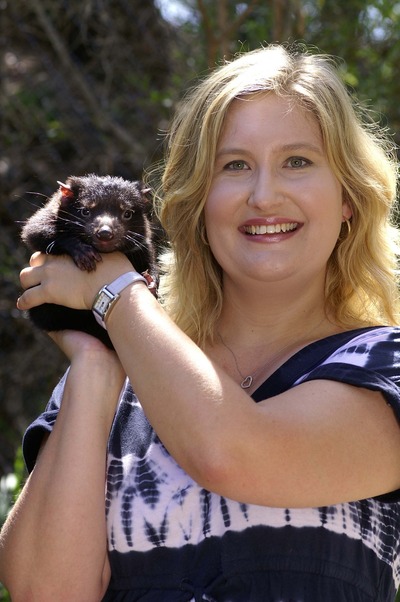Program to reintroduce disease-free devils
San Diego Zoo Global and the University of Sydney are collaborating to save the Tasmanian devil. The endangered species faces extinction in the wild within 25 years due to devil facial tumour disease - a fatal cancer which has wiped out 85% of Tasmanian devils since 1996.
Now, the institutions are working on the reintroduction and management of a disease-free population. Professor Kathy Belov, Faculty of Veterinary Science at the University of Sydney, explained “the disease will wipe out devils in the wild, but these newly created disease-free populations will be used to repopulate the wild once it is safe to do so”.

An important part of the project will be the reintroduction of 50 devils to Maria Island, off the east coast of Tasmania. This group and others will be “managed in the best possible way”, said Professor Belov, much like in a zoo, “to maintain the genetic diversity of the species”.
“The cancer is spread through physical contact of one Tasmanian devil with another and, unfortunately, no cure has been discovered,” said Bob Wiese, Chief Life Sciences Officer for San Diego Zoo Global.
“By managing a genetically diverse population safe from the disease, we hope to save the species.”
The University of Sydney is known for its leadership in the genetic sequencing of the devil. This expertise will be used to capture a snapshot of genetic variation in the devils being bred in zoos and breeding facilities.
San Diego Zoo Global is meanwhile contributing $500,000 to the project, including funding the employment of conservation geneticist Catherine Grueber at the university. Other collaborating institutions include the Save the Tasmanian Devil Program and the Zoo and Aquarium Association.
“To save this species we are combining our expertise,” Professor Belov said.
“To manage existing populations and to boost devil numbers we will be using all the available tools, from GPS tracking to microchipping and the latest genetic-sequencing technology.”
San Diego Zoo Global has a long history of interest in Australian wildlife. It hosts the largest koala population outside of Australian zoos and recently acquired Tasmanian devils. Bringing species back from the brink of extinction is the goal of the organisation.
Biofortified rice to combat vitamin B1 deficiency
New research has focused on improving vitamin B1 content in the endosperm of rice — the...
Higher levels of CO2 increase lifespan of airborne SARS-CoV-2
Carbon dioxide is a major factor in prolonging the life of SARS-CoV-2 variants present in tiny...
Energy-friendly ammonia production for fertilisers and fuel
To help reduce ammonia's energy footprint, researchers set out to create a reaction that can...







